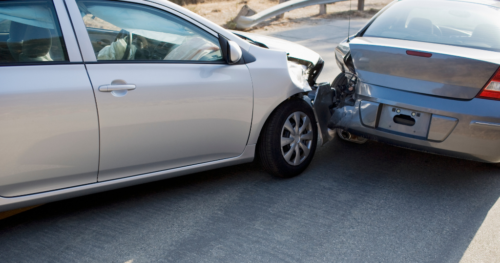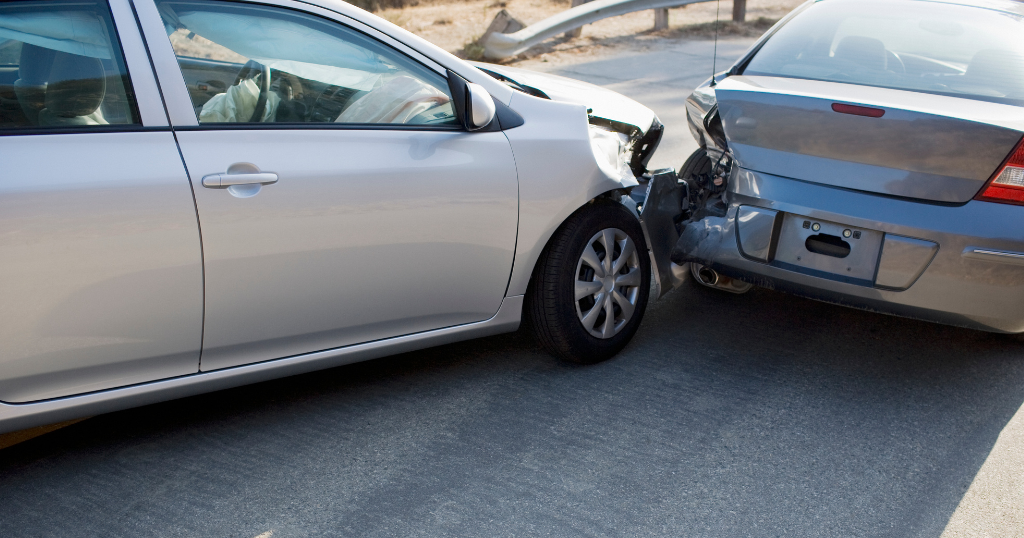
A rear-end collision occurs when one driver strikes another from behind, often causing property damage and injuries like whiplash to the driver in front. In 2021, there were 268 severe injuries and 10 deaths in Florida due to accidents in which a driver was following too closely.
While trailing drivers are often considered to blame for rear-end accidents, they are not always at fault. If you were hurt in a rear-end car accident in Florida, you may be able to seek a settlement, even if you were the trailing driver.
Understanding liability for these collisions and working with an experienced Florida car crash lawyer from the Aigen Injury Law can help you navigate the state’s comparative negligence laws and receive fair compensation.
Common Reasons Trailing Drivers Are at Fault
Most rear-end collisions place fault on the trailing driver because their actions usually cause the crash. This is due to the following behaviors:
- Distraction: Rear-end collisions are frequently caused by distracted driving. When drivers divert their attention from the road to text, make phone calls, adjust the radio, or engage in other activities, their reaction time is compromised. This reduced reaction time often results in trailing drivers being unable to stop in time to avoid a collision.
- Speeding: Speeding increases the likelihood of trailing drivers being at fault. Excessive speed reduces a driver’s ability to respond quickly to unexpected situations, such as another driver slowing or stopping, making it difficult to for the trailing driver to stop safely in time to prevent a collision.
- Following too closely: Tailgating, or following too closely, is a dangerous behavior contributing to rear-end crashes. When drivers do not maintain a safe following distance, they have limited time to react to sudden stops by the vehicle in front. This lack of space often results in collisions for which the trailing driver is typically held responsible.
Reasons Preceding Drivers Could be At Fault
While trailing drivers are normally at fault, preceding drivers can also cause rear-end accidents. This happens when the driver in front makes sudden, unpredictable moves or acts negligently, not giving the trailing driver adequate time to stop when they otherwise would have.
- Abrupt lane changes: The preceding driver may change lanes abruptly without signaling, catching the trailing driver off guard. While it is generally the responsibility of the trailing driver to maintain a safe distance, unexpected lane changes by the preceding driver can lead to rear-end collisions in which both parties share some degree of fault.
- Sudden braking without reason: The preceding driver may share fault if they brake suddenly without a valid reason. For example, they slam on the brakes due to a distraction or in an act of aggression due to road rage, such as “brake checking.” When this happens, the trailing driver may have less time to react, and the preceding driver’s actions could contribute to the collision.
Working With an Attorney After a Rear-End Collision
If you have been involved in a rear-end crash, seek the help of a Florida car crash lawyer. An experienced attorney can help you navigate liability under Florida’s modified comparative negligence law, minimizing your responsibility and helping you receive maximum compensation.
- Challenging the presumption of fault: The trailing driver in rear-end crashes is often presumed to be at fault. Aigen Injury Law can help challenge this presumption by presenting evidence or arguments that the lead driver’s actions contributed to or caused the accident.
- Thorough investigation: We can conduct an exhaustive investigation to gather evidence from the crash scene, like photographs and police reports, witness statements, and traffic or security camera footage. This will help in establishing factors that might reduce your fault.
- Understanding of Florida’s modified comparative negligence rules: Florida operates under a modified comparative negligence rule. This means that even if you’re found to be partially at fault, you can still recover damages if you are less than 50% responsible for the crash.
However, your compensation will be reduced by the percentage of fault assigned to you. For example, if you are found to be 20% at fault and your damages amount to $100,000, you will receive $80,000. We can use gathered evidence to minimize or eliminate any responsibility assigned to you to maximize your compensation.
- Expert witnesses: We can enlist the services of accident reconstruction experts, who can analyze the crash and provide expert testimony about the dynamics of the accident, potentially showing that the trailing driver wasn’t entirely at fault or was less at fault than initially presumed.
- Understanding traffic laws: Our firm can argue that the lead driver violated certain traffic laws that contributed to or caused the accident. This can include sudden stops without a valid reason, malfunctioning brake lights, or other erratic behavior.
Contact Aigen Injury Law Today
While trailing drivers are usually at fault for rear-end collisions, our attorneys at Aigen Injury Law understand that’s not always the case. Speak to our Florida auto accident attorneys after a rear-end collision to learn your legal options, even if you think you may be partially at fault.
We can help you reduce or eliminate your degree of fault and obtain the compensation you deserve. Contact our legal team today to schedule a free consultation. We can review your case and help you take the next legal steps.
